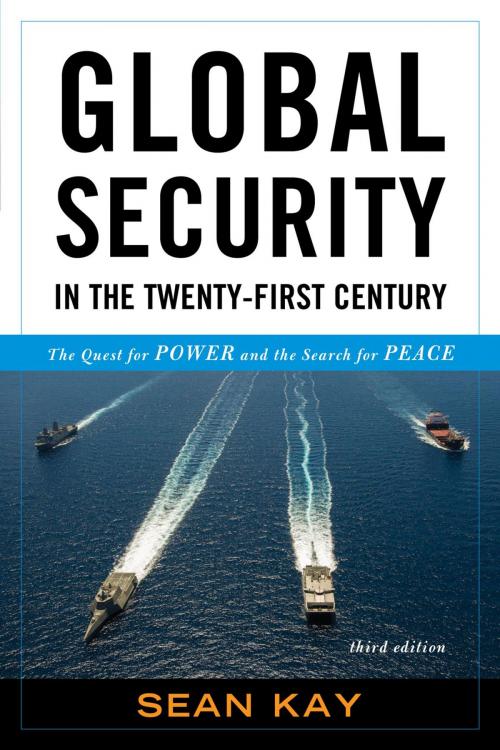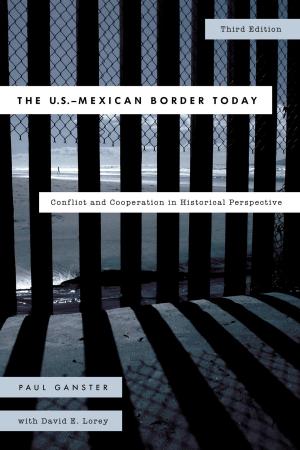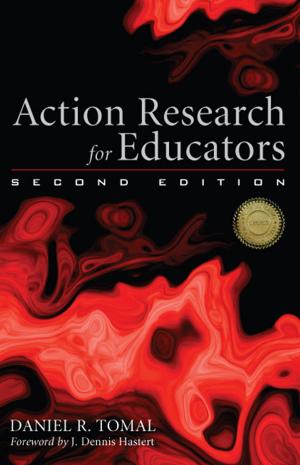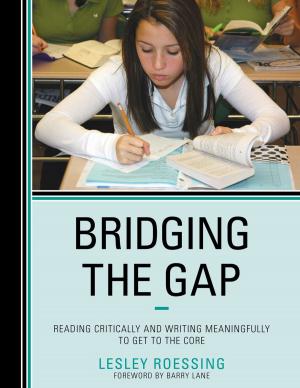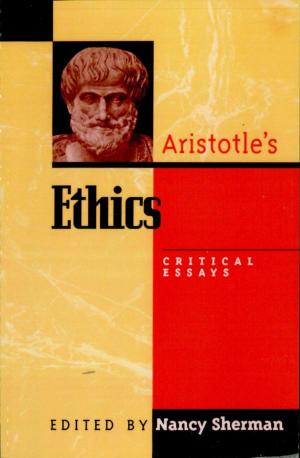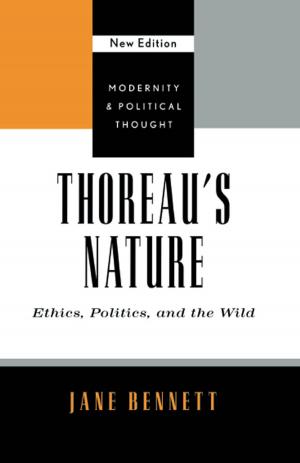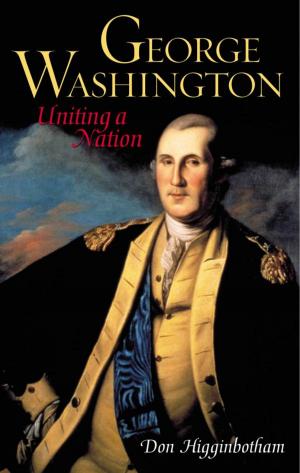Global Security in the Twenty-First Century
The Quest for Power and the Search for Peace
Nonfiction, Social & Cultural Studies, Political Science, International, International Security, International Relations| Author: | Sean Kay | ISBN: | 9781442248038 |
| Publisher: | Rowman & Littlefield Publishers | Publication: | March 6, 2015 |
| Imprint: | Rowman & Littlefield Publishers | Language: | English |
| Author: | Sean Kay |
| ISBN: | 9781442248038 |
| Publisher: | Rowman & Littlefield Publishers |
| Publication: | March 6, 2015 |
| Imprint: | Rowman & Littlefield Publishers |
| Language: | English |
This thoroughly updated edition of Global Security in the Twenty-First Century offers a balanced introduction to contemporary security dilemmas throughout the world. Sean Kay assesses the impact of the global economic crisis on international security and considers how the range of thinking about power and peace has evolved in relation to major flashpoints including in the Middle East, Asia, and Eurasia. Kay builds on the first and second edition’s emphasis on the roles of trade and technology, the militarization of space, the privatization of security, the use of sanctions, ethnic conflict, and transnational crime. This edition goes even farther to incorporate traditional thinking about national security in the context of human rights, democracy, population, health, environment, energy, and especially education. The author includes full updates on emerging challenges out of Iraq, Russia, and viral diseases in the context of larger strategic questions like the rise of China and America’s “pivot” to rebalance its priorities toward Asia. Writing in an engaging style, Kay integrates traditional and emerging challenges in one easily accessible study that gives readers the tools they need to develop a thoughtful and nuanced understanding of global security.
This thoroughly updated edition of Global Security in the Twenty-First Century offers a balanced introduction to contemporary security dilemmas throughout the world. Sean Kay assesses the impact of the global economic crisis on international security and considers how the range of thinking about power and peace has evolved in relation to major flashpoints including in the Middle East, Asia, and Eurasia. Kay builds on the first and second edition’s emphasis on the roles of trade and technology, the militarization of space, the privatization of security, the use of sanctions, ethnic conflict, and transnational crime. This edition goes even farther to incorporate traditional thinking about national security in the context of human rights, democracy, population, health, environment, energy, and especially education. The author includes full updates on emerging challenges out of Iraq, Russia, and viral diseases in the context of larger strategic questions like the rise of China and America’s “pivot” to rebalance its priorities toward Asia. Writing in an engaging style, Kay integrates traditional and emerging challenges in one easily accessible study that gives readers the tools they need to develop a thoughtful and nuanced understanding of global security.
